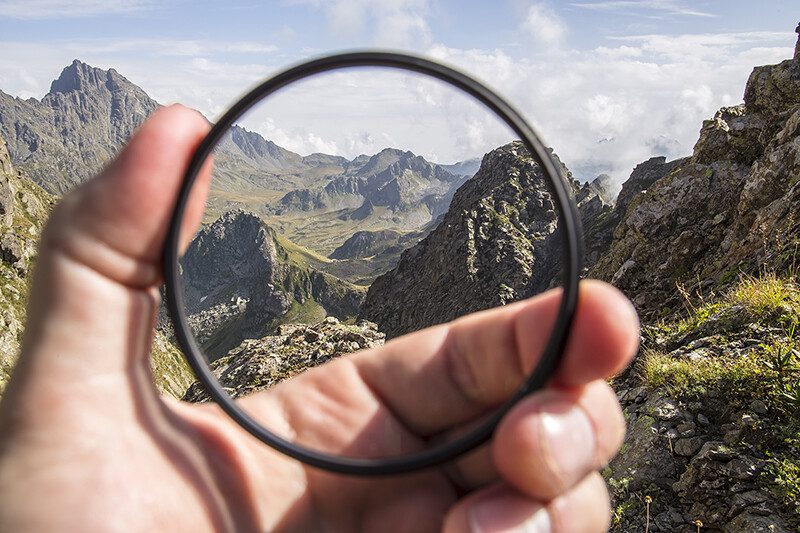Photography Blog – Sensor Sizes
When choosing a DSLR camera thee are a vast amount of choices to be made, the most fundamental of which seems rarely to be discussed outside of photographic circles and that is should you go with a cut down APSC sensor or a full frame sensor. The sensor is the core of your camera and as such makes a big difference to the quality and type of photography you can do with your camera. There are a lot of different sensor sizes available but in this post I will just be looking at the two most common with regards to DSLR type camera bodies. I will discuss in detail the differences below between full frame based camera bodies and APSC or cut down sensor based camera bodies.
FULL FRAME: – The term full frame just means that the sensor in your camera is the same size as a full sized frame of old style 35mm camera film. These are the largest sensors available in standard DSLR cameras and as such provide the very highest image quality you cam get in a standard sized camera body. Although there are many advantages to a full frame based camera rather biggest and most obvious advantage being that’s a full frame sensor allows you a lot more control over depth of field over and above a smaller sensor. This means that you have much more control over composing your photos than with a smaller sensor. The basic pros and cons of full frame sensors are as below:
PROS:
- Higher image quality.
- Greater control over depth of field.
- Greater tonal range.
CONS:
- Larger physical camera body size and weight.
- Higher camera body cost.
- Necessitates larger and more expensive lenses.
APSC (Cropped Frame): The majority of cameras that you will see being used by dentists tend to be APSC or cropped sensor based cameras. These cameras can produce very good results, but will never match the image quality possible with a full frame based camera. This is because they have physically smaller image sensors. The main advantage of APSC based cameras is that they are physically smaller and lighter and hence cheaper to buy. Also lenses for APSC based cameras are also, lighter and cheaper because of their smaller size.
PROS:
- Smaller size and weight.
- Slightly wider range of camera bodies to choice from.
- Cheaper to buy.
CONS:
- Lower image quality.
- Less control over depth of field.
VERDICT:
The choice between the two systems comes down to what you really need. In most dental environments APSC will provide perfectly adequate imagery with the added advantage of having a slightly smaller camera kit, this can be an important factor if your surgery is very short on space. Also APSC based camera platforms are cheaper to buy. However if you really want to get the highest image quality possible in your photography then you will see definite benefits investing in a full frame system, though generally unless you are interested specifically in exploring the photographic advantages of full frame it may be overkill.
Personally I would always go with a full frame solution, but I am interested in photography generally so the added features of a full frame camera are useful to me. If you just want to get decent imagery for day-to-day dentistry then APSC is fine, if however you want to move your photography to the next level then maybe it is time to start thinking of moving to a full frame camera.








Leave A Comment
You must be logged in to post a comment.